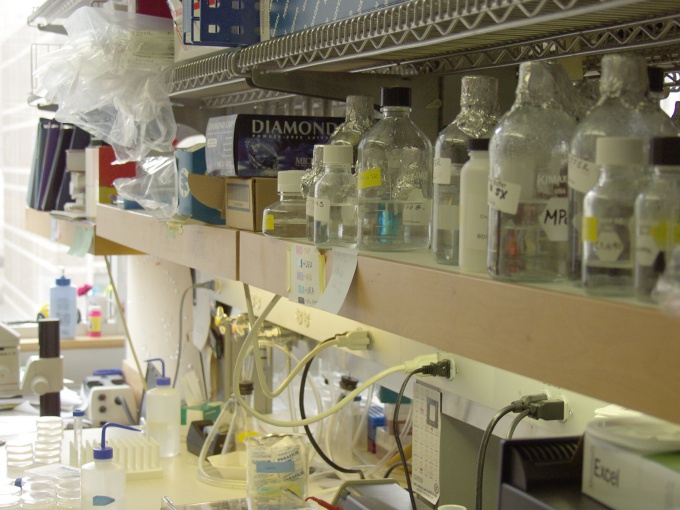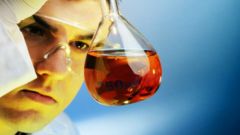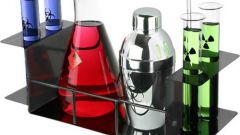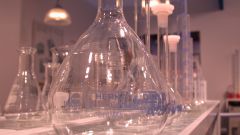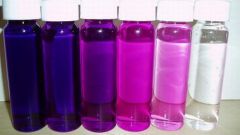You will need
- A textbook in analytical or General chemistry any author.
Instruction
1
It should be noted that the composition of the solution (or concentration of dissolved substances in the solution) is expressed in different ways: dimensional and dimensionless quantities. Dimensionless quantities (fractions, percentages) to the concentrations are not relevant, because the concentration - the value dimension. In chemistry mainly use 3 types of concentrations: molar concentration or molarity, molalla concentration or the molality and the equivalent normal concentration.
The molar concentration or molarity is the ratio of the amount of a substance to the volume of the solution. The formula is Cm = n/V where n is amount of substance, mol V is the volume of solution, l is Also the concentration can be denoted by the letter M after the number. So, for example, 5 M HCl means that Cm(HCl) = 5 mol/l, i.e. 5 mol HCl are in 1 liter of water. Note: if the task is not specified quantity of the substance, but given his weight, we can use the formula n = m/Mr where m is the mass of the substance, g, Mr - molecular weight (calculate using table D. I. Mendeleeva), n - amount of substance, mol. This concentration varies with the increase or decrease of temperature.
The molar concentration or molarity is the ratio of the amount of a substance to the volume of the solution. The formula is Cm = n/V where n is amount of substance, mol V is the volume of solution, l is Also the concentration can be denoted by the letter M after the number. So, for example, 5 M HCl means that Cm(HCl) = 5 mol/l, i.e. 5 mol HCl are in 1 liter of water. Note: if the task is not specified quantity of the substance, but given his weight, we can use the formula n = m/Mr where m is the mass of the substance, g, Mr - molecular weight (calculate using table D. I. Mendeleeva), n - amount of substance, mol. This concentration varies with the increase or decrease of temperature.
2
Molalla concentration or molality - the ratio of the amount of a substance to the mass of the solvent. Calculated by the formula m = n/ M (solution), where n - amount of substance, mol, M (solution) - mass of solution, kg. m(HCl)= 5 mol/kg (H2O) means that 1 kg of water corresponds to 5 mol of HCl. A solvent is not necessarily water (it depends on the conditions of the task), amount of substance can be calculated (method specified in the first paragraph), at a temperature of molalla concentration does not change.
3
Equivalent or normal concentration - the ratio of the number of equivalents of solute to volume of solution. Denote the normal concentration can be CH or the letter n after the number. For example, 3 n Hcl - means solution, per liter which is 3 equivalent of hydrochloric acid. The calculation of the equivalent - is a separate issue, which if necessary can be found in a school textbook in chemistry. This concentration is often used in analytical chemistry when you need to find out which volume ratios to mix solutions: the solute should have no residue to react, i.e. C1*V1 = C2*V2 where C1 and V1 are concentration and volume of one solution and C2 and V2 are the concentration and volume of another solution. Using these types of concentrations, it is possible to solve the problem.
